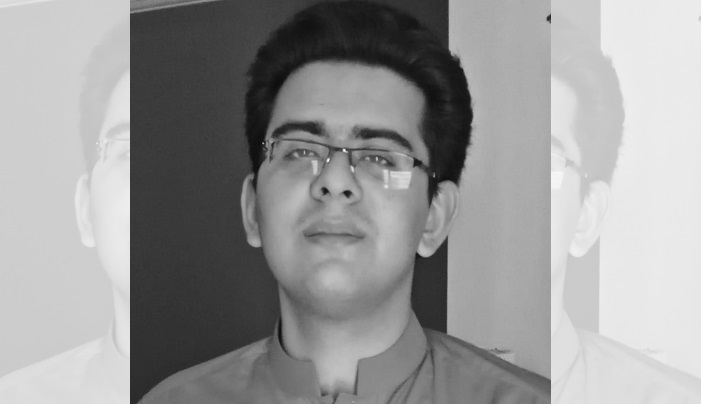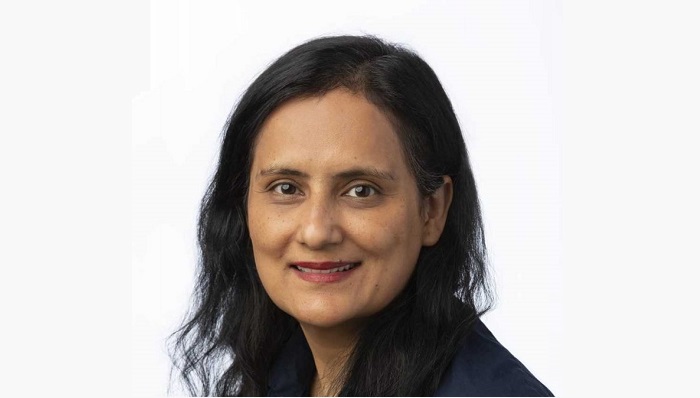Our interconnected world, as termed “global village” by the media guru Marshall McLuhan, boasts more than enough food production to sustain every individual on the planet. Shockingly, the United Nations Food and Agriculture Organization (FAO) reports that 10 percent of the world’s population, a staggering 828 million people, go to bed hungry each night. Among those grappling with hunger, two-thirds are women, and 80 percent reside in regions vulnerable to climate change.
Have you ever wondered why seemingly straightforward questions can be so challenging to answer convincingly? There are numerous such questions that weigh heavily on my mind, but two, in particular, have always ached me– questions that revolve around the intricate links between poverty, hunger, and malnutrition. These questions stem from personal experiences, such as witnessing young children scrounging for food in garbage dumps in the affluent neighborhoods of Islamabad, the capital city where I grew up.
Such sights are not restricted to Pakistan but are common in its neighboring largest democracy. These queries also emerge from the stark contrast between the abundance of advertisements and TV programs promoting lavish cuisine and the near-silence on the pervasive issues of malnutrition, especially when viewed through the lenses of gender and class-based discrimination.
As a development practitioner, I have traveled extensively, both physically and ideologically. My extensive and diverse experiences also included my role as a young gender advisor to South Asia on behalf of the Canadian CIDA/DFATD way back in 2002. While dealing with issues of peace and conflict, macroeconomics, trafficking in women and children, and political empowerment in this patriarchal belt, I became much more familiar with the complex spectrum of inequalities and elite capture.
One of my core learnings, based not only on research findings but also on direct observations in the field, is an irony: Poverty is not an equal experience. In impoverished areas, women, newborns, and young children face the highest risk of hunger and malnutrition. These two groups represent some of the most complex issues in global health, often neglected in mainstream media discussions that fail to consider political economy and intersectionality.
Measures of living standards vary globally, but the suffering inflicted by invisible nutritional discrimination on women and girls eclipses that experienced by men and boys. Poor nutrition during pregnancy and early childhood leads to irreversible stunting and subsequent malnutrition, manifesting as wasting, underweight children, and deficiencies in vitamins and minerals for both mothers and children. These forms of malnutrition pose significant physical and cognitive challenges, affecting not only individual health but also the overall progress of nations.
In Pakistan, inadequate maternal nutrition during pregnancy (that is not always planned by the mother) is a primary driver of malnutrition among nearly 10 million children suffering from stunting. Shockingly, only 38 percent of children are exclusively breastfed. Over 40 percent of Pakistani children under five are stunted, exceeding the South Asian average of 31 percent. The data from the World Bank and UN agencies rank Afghanistan as the South Asian country with the highest stunting rate at 38%, followed closely by Pakistan at 37.6% and India at 35.5%, all surpassing the global average of 22%. The prevalence of wasting in the Southern Asia subregion stands at 14%, also above the global average of 6.7%.
The 2018 National Nutrition Survey revealed that as many as 12 million children across Pakistan suffer from impaired growth. It is interesting to note that boys are slightly more malnourished than disempowered girls in India and Pakistan. This may be complemented by parental bias that makes boys more susceptible to junk food, resulting in higher obesity rates among them. However, it is important to study regional prevalence and differences in nutritional status among different age groups, socioeconomic strata, and sexual identities. Generally, women experience higher rates of anemia, and the practice of eating last, least, and leftover food is often considered a cultural norm rather than an act of discrimination in many parts of Pakistan and India.
Currently, India has ranked 127 out of 146 countries in terms of gender parity ( India was eight places down in 2022), and Pakistan ranks 142 out of 146 countries, with a 57.5 percent gender parity — the highest since 2006, in WEF’s global gender gap report of 2023. The HDI rank for India is 132 out of 191, while Pakistan’s rank is 161 out of 192 member countries of the UN.
Despite producing more food than needed for its population, Pakistan faces a paradoxical situation where the poorest and most vulnerable still cannot access a sufficient and nutritious diet. This issue stems from poor political choices and misplaced priorities among those in power.
In both countries, various factors such as faith, caste, regional geography, and natural disasters divide individuals and hinder their access to health, education, economic empowerment, and political participation. Marginalized communities, especially women and children, remain excluded and exploited during times of crisis and peace. They lack basic human rights such as clean water, sanitation, healthcare, education, and decent employment opportunities. Many also face barriers to freedom of faith, expression, ideas, and equality of opportunities. While national celebrations mainly related to popular sports may temporarily integrate them into the narrative, they largely remain voiceless in policymaking and democratic processes.
Active participation of all members of disadvantaged communities can and does address the issues of malnutrition. The World Bank has compiled success stories of Indonesia, Nepal, Kyrgyz Republic, Peru, Senegal, and Ethiopia. These economies have developed effective initiatives and are centering on sectoral strategies like improving contraceptive use, delaying first pregnancy, increasing birth spacing, improving WASH, mitigating climate change-induced health risks, reducing poverty, and enhancing parental education.
Currently, there is a sizeable number of dedicated efforts by donor agencies and UN organizations working towards Agenda 2030 and its Sustainable Development Goals (SDGs) related to nutrition and hunger. Yet, there is an urgent need for a more nuanced analysis of regional variations and a much deeper exploration of the unique regional and cultural factors that contribute to malnutrition in these countries.
The policy recommendations presented in most of the published documents of powerful platforms are, unfortunately, limited and too often not aligned with the material and monetary resources. The mismatch between civic and political will is hardly questioned in more critical ways. It is imperative to acknowledge that context-nonspecific remedies are not concrete solutions.
Amidst these stark realities, individuals like myself, who witness inequality on both sides of the border, see millions of children, minorities, and women yearning for a change in their destinies, perhaps even hoping for a miracle. One might wonder what both countries can do to eradicate all forms of malnutrition by 2030. India and Pakistan, the two Nuclear powers of South Asia, ought to prioritize placing common people, especially women and children who are most in need and farthest from the corridors of power, at the center of all such decisions.
According to the IAEA, “using nuclear techniques, nutrition and health professionals can develop and evaluate nutrition actions to combat all forms of malnutrition.” The U.S. Department of State, in a 2022 report, mentioned that “Contributions to the Peaceful Uses Initiative have enhanced the capabilities of more than 150 IAEA Member States to promote human health, water resource management, food security, sustainable development, and clean energy while responding to emerging and unanticipated needs.” The report also underscored that nuclear innovation is a key tool used to support the UN Sustainable Development Goals.
May our representatives ensure that all reviews and conclaves of the SDGs, including the 2023 SDG Summit scheduled for 18-19 September 2023 in New York, will not be overwhelmed by data and unfamiliar languages. Instead, there should be an empathetic incorporation of diverse opinions, feminist perspectives, and ‘non-expert’ insights from the masses. This would help bridge the gaps between the technical custodians of international and national policies and politics and the viewpoints of the community on poverty, hunger, and malnutrition. Additionally, this would provide a more balanced view of the challenges and potential sustainable solutions.
- A Tapestry of Troubling Questions - 03/12/2023
- Nutrition in Two Nuclear States: More Than a Health Issue - 13/10/2023







